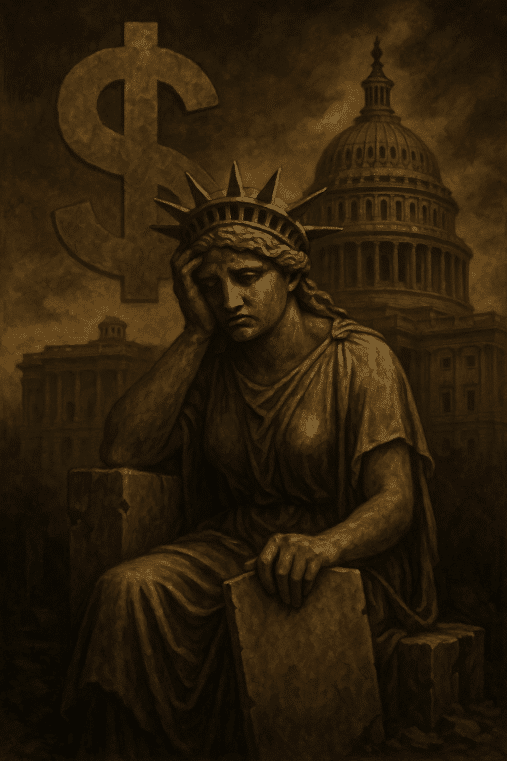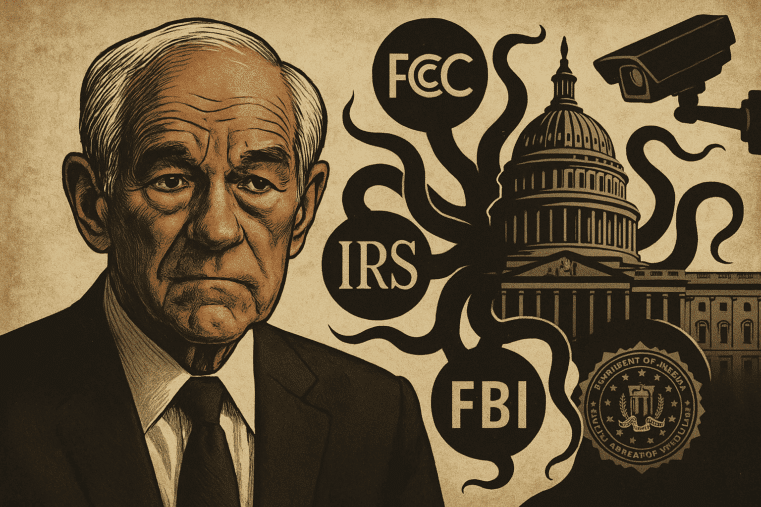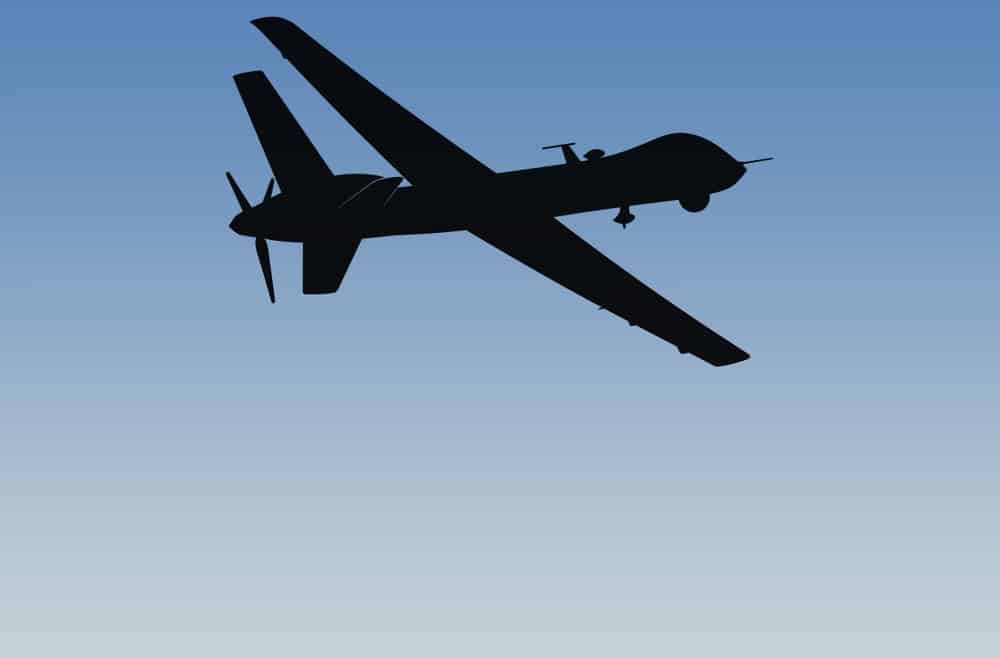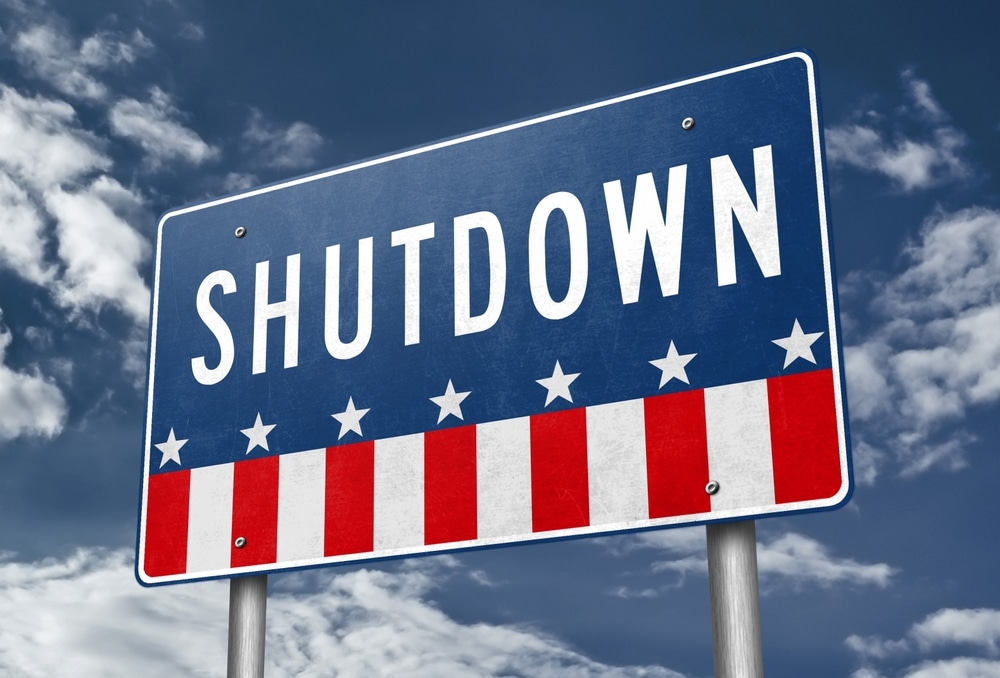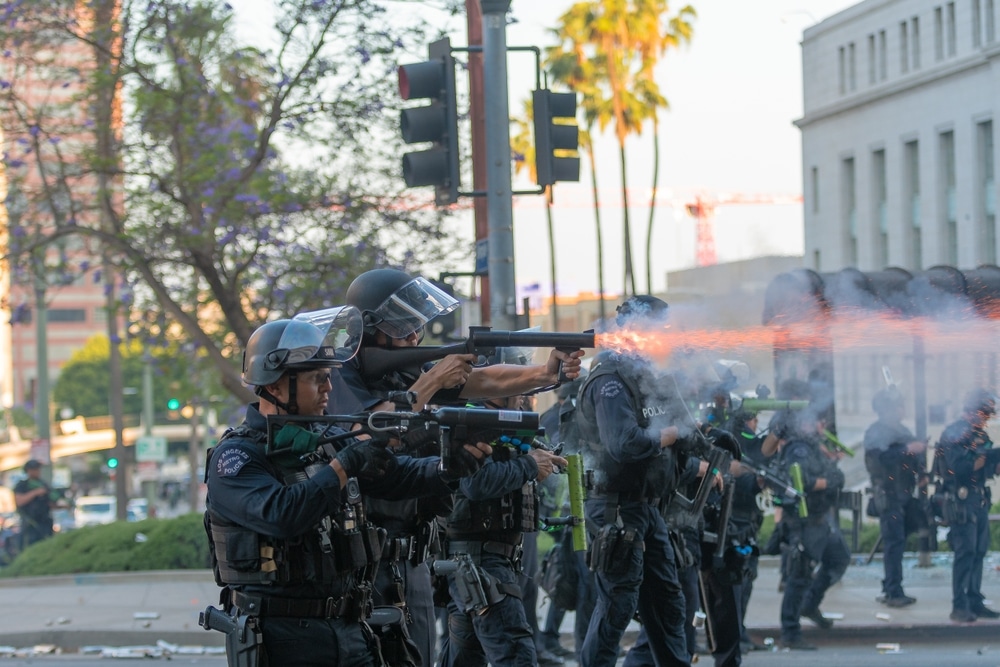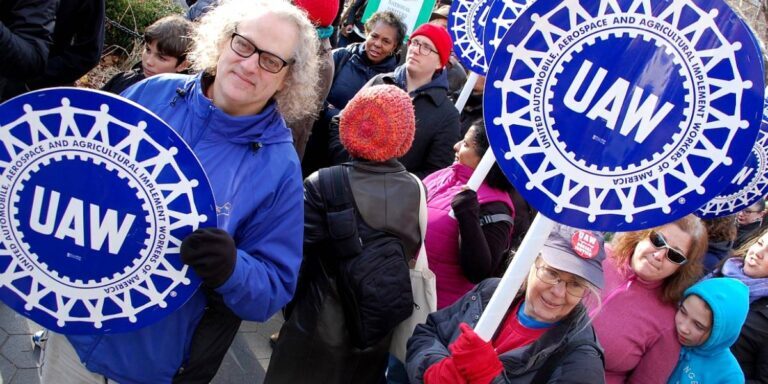
UAW Strike An Omen for What’s To Come In the Labor Market
The “summer of strikes” is spilling over into autumn as the United Auto Workers announced targeted work stoppages against the Big Three Detroit automakers after failing to reach new labor contracts.
UAW President Shawn Fain announced Thursday night the UAW would go on strike, initially targeting three facilities: a Ford Motor (ticker: F) plant in Wayne, Mich., a Stellantis (STLA) plant in Toledo, Ohio and a General Motors (GM) plant in Wentzville, Mo. Fain previously said the strike could expand to include additional plants if automakers can’t come to a deal.
About 12,700 of the UAW’s roughly 150,000 auto workers initially took to the picket lines early Friday morning. That added to the roughly 11,500 screenwriters and the 16,000 members of the Screen Actors Guild-American Federation of Television and Radio Artists (SAG-AFTRA) already on strike—not to mention the approximately 1,000 Blue Cross Blue Shield of Michigan employees also represented by the UAW who also opted to walk out this week.
Earlier, UPS narrowly avoided a strike with the International Brotherhood of Teamsters union that represents more than 300,000 full- and part-time workers in July. The parcel delivery giant agreed to a deal that included hefty wage increases for full- and part-time employees, as well as improved working conditions.
The tight labor landscape is playing a major role in spurring recent union actions. The labor market has significantly shifted since prepandemic, providing unions and workers with more leverage. In fact, there were 23 major work stoppages that began in 2022, according to the U.S. Bureau of Labor Statistics. That’s much higher than the average of 16 strikes per year seen over the last decade.
“Strike activity rises when the labor market is tight,” says Erica Groshen, a senior economics advisor at Cornell University’s School of Industrial and Labor Relations. But the strong labor market isn’t the only factor driving more union activity. Securing real wage gains is top of mind for many workers.
Americans did capture some wage increases in recent years, but inflation offset much of those gains. The inflation-adjusted median household income fell 8.8% in 2022. That’s recovering somewhat in 2023, but unionized workers have been particularly hard-hit given their wage agreements were made before inflation spiked. UAW says auto workers have only seen 6% annual wage gains since 2019.
Although this is the first time the UAW has initiated a strike against the Big Three simultaneously, the impact on the broader U.S. economy is expected to be modest. Even if the UAW strike expanded to include all roughly 150,000 members for a full month, it would only result in a 0.2% drag on the U.S. economy during the third quarter, according to Joe Brusuelas, RSM’s chief economist.
The strike will likely cause spillover effects in industries that support domestic vehicle manufacturing, such as petrochemicals, steel, and glass, as well as to suppliers that produce component parts, electronics, and software.
State and local economies in Michigan, Ohio, and Indiana are also more vulnerable and could experience downturns if the strike’s duration is more long-term. When 48,000 UAW workers went on strike against GM for six weeks in 2019, it pushed Michigan into a single-quarter recession.
There are some signs that American workers will become less restive. The U.S. labor market is starting to return to prepandemic levels, with only 150,000 jobs added to the U.S. economy over the past three months. That’s about half the rate seen during the first quarter of 2023. Quit rates are also down, indicating that there are fewer opportunities luring workers away from their current jobs. With less leverage, unions and workers may opt for less-aggressive bargaining tactics.
But whether the overall uptick in U.S. strike activity continues may hinge on the nature of the settlement and the duration of the UAW strike. “If these settlements look good for the workers, then that actually could encourage other unions to bargain more assertively than they would otherwise,” Groshen says.
Originally published by Megan Leonhardt at MarketWatch



